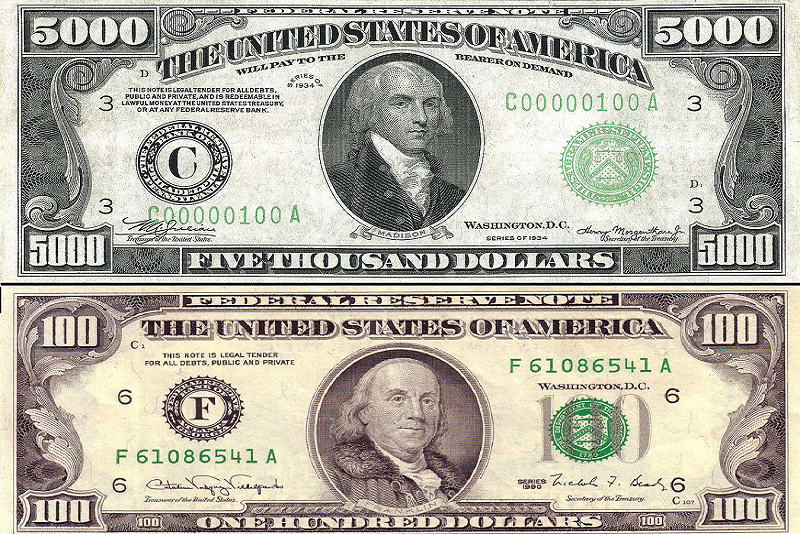BROWSE BY TOPIC
- Bad Brokers
- Compliance Concepts
- Investor Protection
- Investments - Unsuitable
- Investments - Strategies
- Investments - Private
- Features/Scandals
- Companies
- Technology/Internet
- Rules & Regulations
- Crimes
- Investments
- Bad Advisors
- Boiler Rooms
- Hirings/Transitions
- Terminations/Cost Cutting
- Regulators
- Wall Street News
- General News
- Donald Trump & Co.
- Lawsuits/Arbitrations
- Regulatory Sanctions
- Big Banks
- People
TRENDING TAGS
Stories of Interest
- Sarah ten Siethoff is New Associate Director of SEC Investment Management Rulemaking Office
- Catherine Keating Appointed CEO of BNY Mellon Wealth Management
- Credit Suisse to Pay $47Mn to Resolve DOJ Asia Probe
- SEC Chair Clayton Goes 'Hat in Hand' Before Congress on 2019 Budget Request
- SEC's Opening Remarks to the Elder Justice Coordinating Council
- Massachusetts Jury Convicts CA Attorney of Securities Fraud
- Deutsche Bank Says 3 Senior Investment Bankers to Leave Firm
- World’s Biggest Hedge Fund Reportedly ‘Bearish On Financial Assets’
- SEC Fines Constant Contact, Popular Email Marketer, for Overstating Subscriber Numbers
- SocGen Agrees to Pay $1.3 Billion to End Libya, Libor Probes
- Cryptocurrency Exchange Bitfinex Briefly Halts Trading After Cyber Attack
- SEC Names Valerie Szczepanik Senior Advisor for Digital Assets and Innovation
- SEC Modernizes Delivery of Fund Reports, Seeks Public Feedback on Improving Fund Disclosure
- NYSE Says SEC Plan to Limit Exchange Rebates Would Hurt Investors
- Deutsche Bank faces another challenge with Fed stress test
- Former JPMorgan Broker Files racial discrimination suit against company
- $3.3Mn Winning Bid for Lunch with Warren Buffett
- Julie Erhardt is SEC's New Acting Chief Risk Officer
- Chyhe Becker is SEC's New Acting Chief Economist, Acting Director of Economic and Risk Analysis Division
- Getting a Handle on Virtual Currencies - FINRA
ABOUT FINANCIALISH
We seek to provide information, insights and direction that may enable the Financial Community to effectively and efficiently operate in a regulatory risk-free environment by curating content from all over the web.
Stay Informed with the latest fanancialish news.
SUBSCRIBE FOR
NEWSLETTERS & ALERTS
Fed Toughens Stress Test for Banks
Even as the Trump administration and the Republican Congress work to dismember the Dodd-Frank Act, the Federal Reserve on Friday unveiled more severe hypothetical stress tests for U.S. banks. The tests will now present scenarios that include presume an unemployment rate above 10%, a sharp decline in housing prices, and a severe recession in the Euro area.
The speculative scenarios are the basis the Fed will use to simulate whether 34 banks could survive a severe recession while continuing to lend. The tests will also be used to determine which U.S. banks - including Bank of America, JPMorgan Chase, and Citigroup - will be permitted to boost dividends or buybacks to shareholders. CIT Group will be the latest newcomer to the exercise this year.
Banks must submit their own predictions to the Fed about how they would perform by 4/5/17. The central bank will make public its verdict on those submissions by 6/30.
Stress tests have become a centerpiece of the Fed’s post-crisis regulatory framework. The annual exercise examines 2 critical aspects of the nation’s largest firms: (i)whether banks hold enough capital to withstand severe economic stress in the financial system; and, (ii) whether banks have the appropriate internal processes to identify and measure risk when considering their own capital planning. The Fed can reject a bank’s plan to pay out shareholders on either basis.
One important change made by regulators this year was excluding banks with assets between $50 billion and $250 billion that haven’t been identified as globally systemically important banks. Regulators also agreed on a rule released earlier this week to exclude a prerequisite that banks should have less than $10 billion in foreign exposure to be exempted.
As a result, 21 banks, including the U.S. banking units of 2 foreign firms - Deutsche Bank and Banco Santander - will be freed from the second half of the Fed’s test, which takes a deep dive into a firm’s risk-management systems. Last year, both firms flunked due to the Fed’s concerns about their ability to measure risk. It was the second year in a row the German bank failed and the third consecutive failure for the Spanish firm.
Those firms will still be required to show regulators they could survive a hypothetical recession with enough capital to continue lending. The change by regulators was designed to make the tests less onerous.





